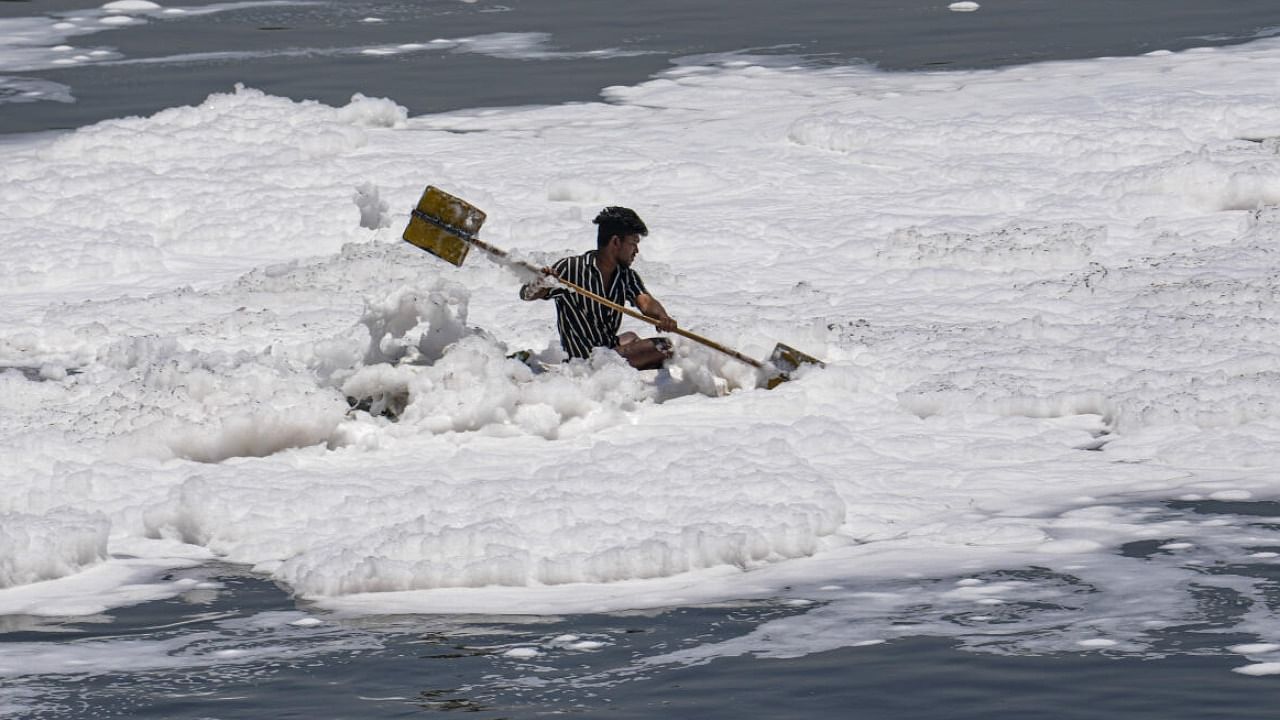
On the 50th anniversary of World Environment Day, it is worthwhile to remember the call for a ‘serious cutdown of luxury production’ by Olof Palme, the Prime Minister of Sweden, at the first-ever UN conference on the environment, in Stockholm, in 1972.
“The immense destruction brought about by indiscriminate bombing, by large-scale use of bulldozers and herbicide is an outrage sometimes described as ecocide, which requires urgent international attention. We know that work for disarmament and peace must be viewed from a long perspective. It is of paramount importance, however, that ecological warfare ceases immediately,” Palme said at the opening of the landmark conference that put the environment at the centre of all future actions for the planet — or at least tried to.
Nobody took Palme seriously, and his visionary call for an end to luxury production was eclipsed by Prime Minister Indira Gandhi’s more famous lines, "We do not wish to impoverish the environment any further, and yet we cannot for a moment forget the grim poverty of large numbers of people. Are not poverty and need the greatest polluters?".
Fifty years later, India has not only failed to alleviate poverty, but has polluted and destroyed its natural resources beyond repair. In 2021, India was among the world’s most polluted countries, second only to Bangladesh. India is home to 63 of the 100 most polluted cities, with New Delhi named the capital with the worst air quality. Besides its air, India's waterways have become extremely polluted, with around 70 percent of surface water estimated to be unfit for consumption. India stands second among the top 20 countries having a high proportion of riverine plastic emissions nationally as well as globally. The Indus, the Brahmaputra, and the Ganges are known as the ‘highways of plastic flows’ as they carry and drain most of the plastic debris in India.
While the poor and the marginalised suffer the worst consequences of environmental pollution and degradation, the top 10 percent of the Indian population holds 77 percent of the total national wealth according to Oxfam. Seventy-three percent of the wealth generated in 2017 went to the richest 1 percent, while 670 million Indians who comprise the poorest half of the population saw only a 1 percent increase in their wealth.
In fact, over half of the world’s carbon emissions today are attributable to around 10 percent of the global population, or about 800 million of the globally affluent, the luxury segment that Palme was trying to warn us about. The richest 1 percent are on track to be releasing 70 tonnes of CO2 per person a year if current consumption continues, according to Oxfam's 'Carbon Inequality in 2030' briefing note. They will account for 16 percent of total emissions by 2030, up from 13 percent in 1990. Meanwhile, the poorest 50 percent will be releasing an average of one tonne of CO2 annually.
Within 50 years, what was perceived as a local environmental problem has catapulted into a global climate crisis. All forms of modern human economic activity, not only carbon emissions that are driving ecological destruction, from mining to deforestation, from overfishing in the seas to overbuilding on the land, from the pollution of land, air and water to the toxic build-up from industrial agriculture and plastic pollution are driven by the mindless consumerism of the middle class and the endless greed of corporations.
The forests never really had a chance, biodiversity was already doomed, and the plunder of oceans has only just begun, and it is the poorest and the marginalised, children, women, and the elderly, who must bear the consequences of Climate Change-induced disasters like heatwaves, floods, storms, sea-level rise and droughts. What little gains India may have made in its pursuit of GDP, extreme weather patterns are already reversing it.
To avoid a global catastrophe, the world must cut emissions by 45 percent by 2030, unfortunately, developed countries have used the COVID-19 pandemic, the Russian invasion of Ukraine, and even the unrelenting climate-induced disasters to delay and diffuse their commitments to cut carbon emissions from coal, oil, and gas.
However, there is no reason why all countries, developed and developing, should not completely and immediately ban luxury emissions such as mega yachts, private jets, and the conspicuous consumption of their rich and affluent and focus economic activity around securing human needs and well-being. The Government of India’s Lifestyle for Environment Mission may have the first mover advantage and can set a precedent, but only if it is serious about prioritising well-being and ecological objectives over ‘mindless and destructive consumption’.
(Shailendra Yashwant is a senior adviser to Climate Action Network South Asia (CANSA). Twitter: @shaibaba.)
Disclaimer: The views expressed above are the author's own. They do not necessarily reflect the views of DH.